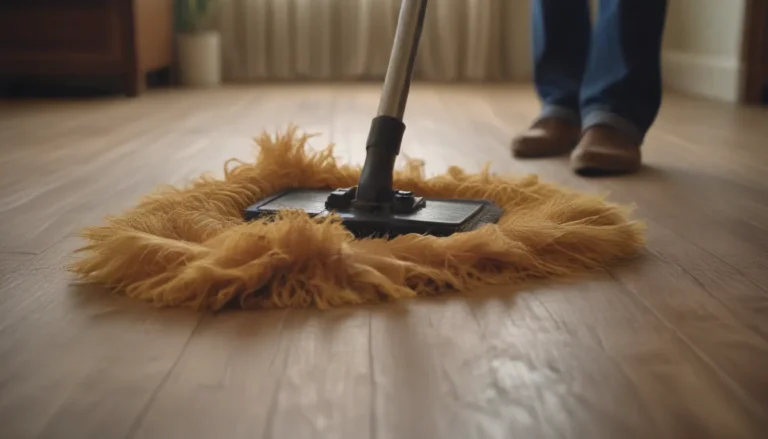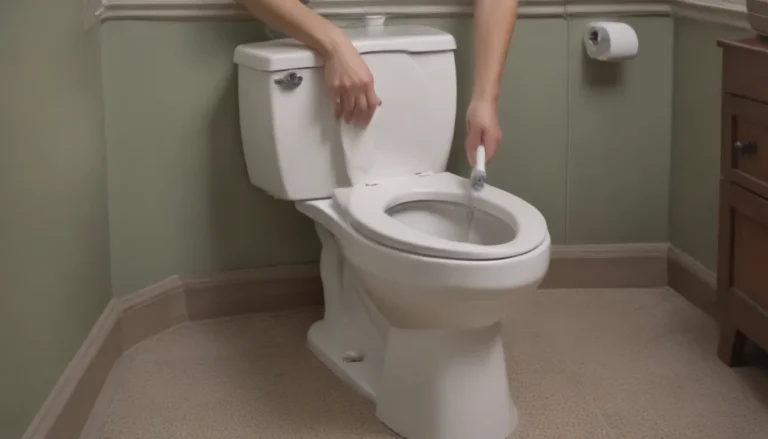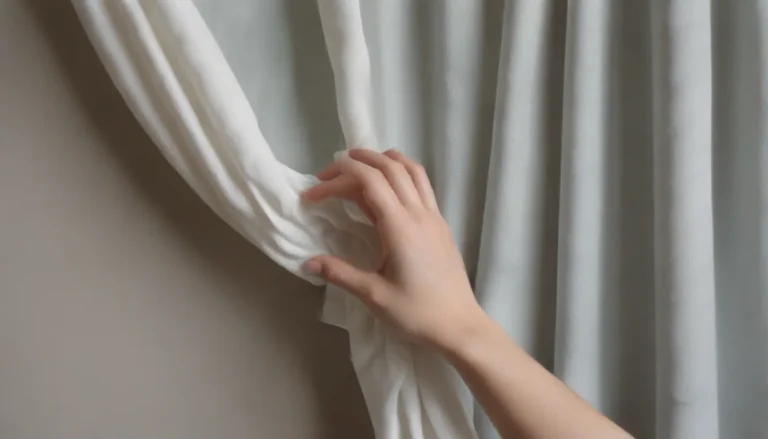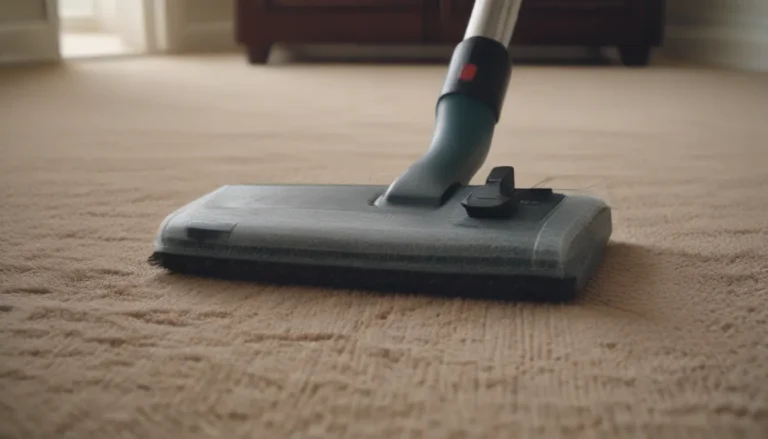Exploring the Fascinating World of Flying Ants

Have you ever noticed winged ants taking to the skies during certain times of the year? It’s a fascinating sight to behold, as these flying insects are on a mission to breed and ensure the survival of their colonies. In this in-depth article, we will delve into the world of flying ants, exploring why they sprout wings only during specific seasons and how to effectively identify and control them if they become a nuisance.
The Phenomenon of Flying Ants
Winged ants, also known as alates, are reproductive members of ant colonies that develop wings in order to participate in mating flights. These flights, known as swarms, typically occur during early to mid-spring, although some species may engage in this behavior during other times of the year as well. Thousands of flying ants can be seen leaving their nests in search of a mate, signaling the beginning of a new generation of ants.
- Fun Fact: Winged ants of a specific species typically emerge around the same time due to factors such as temperature and recent weather conditions, which trigger swarming and mating behavior.
The Purpose of Flying Ants
Both male (drones) and female (queens) flying ants play a crucial role in the reproduction of their species. Once they find a suitable partner and mate, the female queen will shed her wings and establish a new colony. The male drone, on the other hand, has a short lifespan and will die shortly after mating. It’s a cycle of life that is essential for the continuation of ant populations.
- Importance of Identification: It is important to differentiate between flying ants and other winged insects such as termites, as certain species like carpenter ants can cause damage to homes. If you spot swarms of winged ants around your property, it’s advisable to identify the species promptly to assess any potential risks.
Effective Control Measures
While the sight of flying ants may be intriguing, they can become a nuisance if they invade your living spaces. Understanding how to control and eliminate these pests is essential to maintain a healthy environment. Here are some effective methods for dealing with flying ants:
- Baiting: Placing ant baits along trails where ants have been sighted can help in controlling their population.
- Direct Nest Application: Using insecticides labeled for ant control directly on ant nests can be an effective way to eliminate colonies.
- Indoor Control: If flying ants have entered your home, baits are a recommended option for controlling their presence. Avoid insecticidal spraying, as it may not target the breeding queen and can be harmful to the environment.
Remember, swarming ants play a crucial role in the natural lifecycle of these insects. Only take action against them if they pose a threat or become a nuisance in your living spaces.
Identifying Flying Ants vs. Termites
It’s important to distinguish between flying ants and termites, as the latter can cause significant damage to structures. Here are some key differences to help you differentiate between the two:
- Appearance: Flying ants are typically darker in color with bent antennae, shorter back wings, and a thin waist. Termites, on the other hand, are lighter in color with a straight body and wings that are longer than their bodies.
- Behavior: Flying ants are on a mission to mate and reproduce, while termites are focused on feeding and building colonies.
By familiarizing yourself with these distinctions, you can take proactive measures to protect your home from potential infestations.
Preventive Measures for Flying Ants
To deter flying ants from entering your home, consider implementing the following preventive measures:
- Store food items in airtight containers or the refrigerator to minimize attractants.
- Keep countertops and other surfaces clean and free of food or drink spills.
- Seal entry points such as cracks and crevices to prevent ants from gaining access to your living spaces.
By adopting these simple strategies, you can significantly reduce the likelihood of flying ants establishing colonies in your home.
In conclusion, flying ants are a fascinating part of the natural world, playing a vital role in the reproduction and survival of ant populations. By understanding their behavior, identifying them correctly, and implementing effective control measures, you can coexist harmoniously with these winged insects while safeguarding your living spaces from infestations. Happy observing and learning about these incredible creatures!





